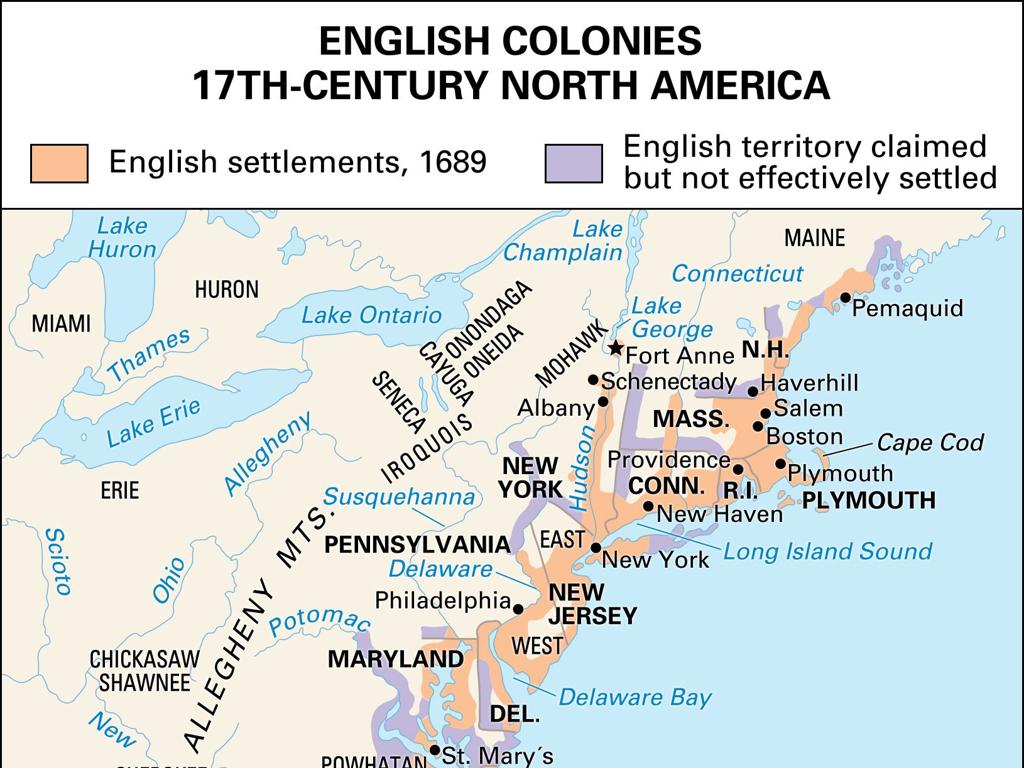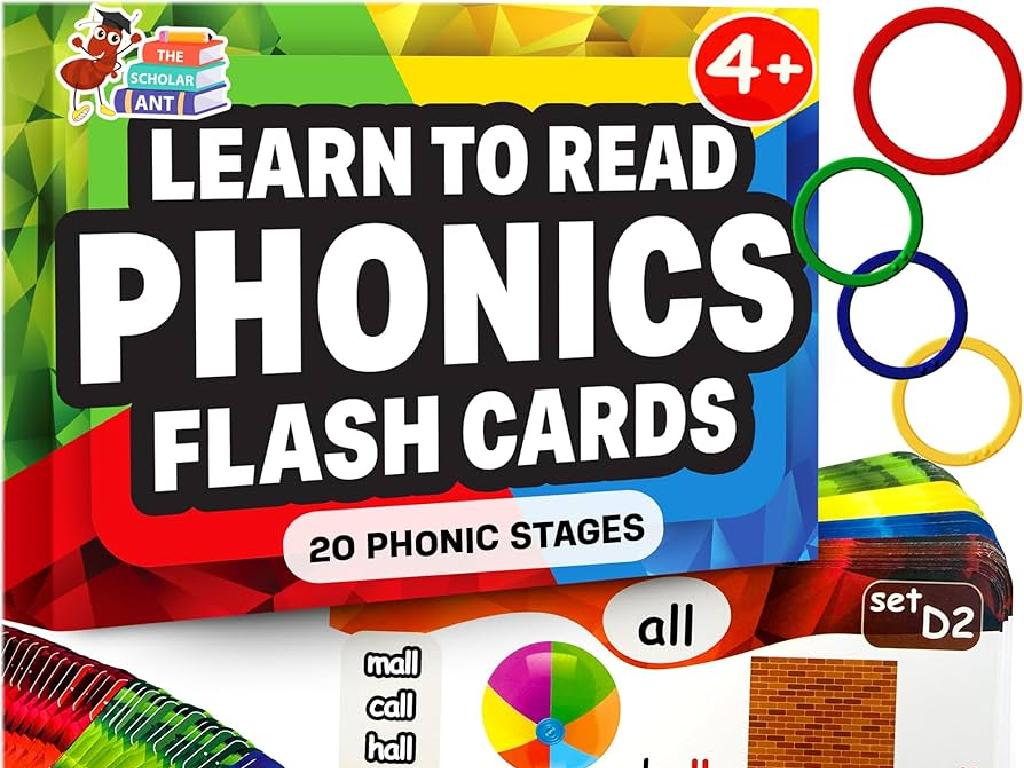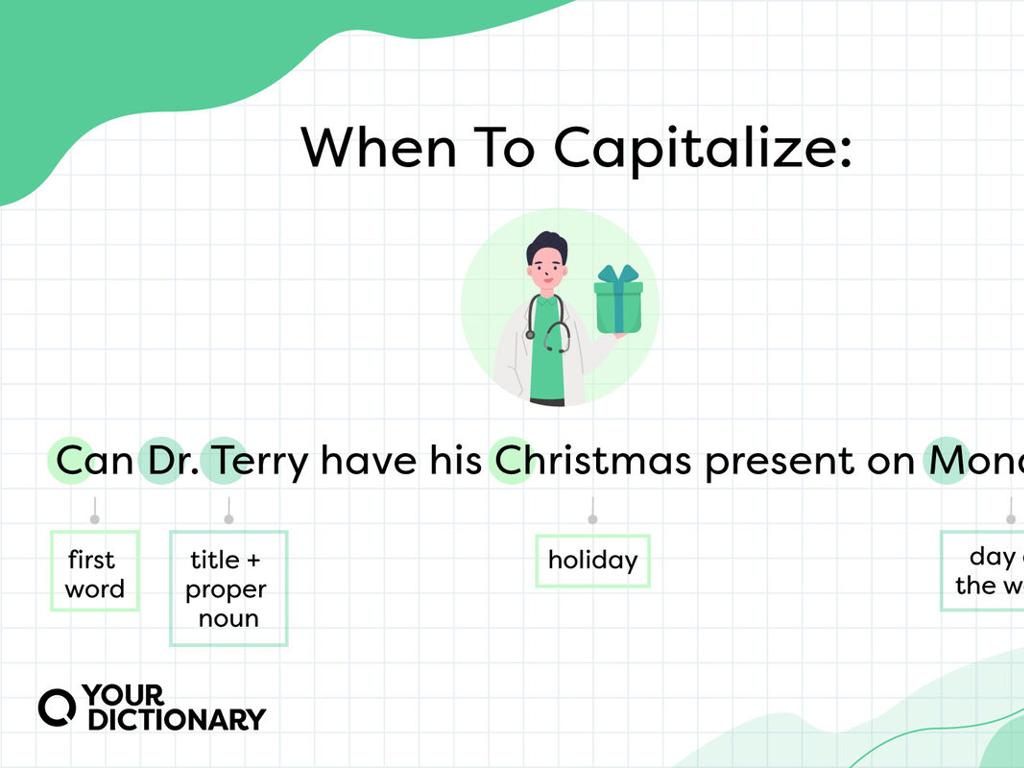Which Definition Matches The Sentence?
Subject: Language arts
Grade: Fourth grade
Topic: Multiple-Meaning Words
Please LOG IN to download the presentation. Access is available to registered users only.
View More Content
Exploring Multiple-Meaning Words
– Discover words with multiple meanings
– Match definitions to sentences
– Use context to determine which meaning fits
– Importance of multiple meanings
– Knowing multiple meanings improves comprehension
– Practice with examples
– Example: ‘Can you bank the ball off the wall?’ vs. ‘Which bank do we go to?’
|
This slide introduces the concept of multiple-meaning words to fourth graders, emphasizing the importance of context in determining meaning. Students will learn that many words in English have more than one meaning and that the correct interpretation depends on how the word is used in a sentence. Understanding this concept is crucial for reading comprehension and effective communication. Provide examples of multiple-meaning words and encourage students to think of their own. During the lesson, engage students with sentences that use words with multiple meanings and ask them to choose the correct definition based on the context. This activity will help them practice and reinforce their understanding of the concept.
Exploring Multiple-Meaning Words
– What are multiple-meaning words?
– Words identical in spelling/pronunciation but different in meaning
– Recognizing homonyms
– Homonyms sound alike but have different meanings
– Example: ‘bat’ (animal) vs. ‘bat’ (sports)
– ‘Bat’ can mean a flying mammal or a tool in baseball
– Understanding context is key
|
This slide introduces the concept of multiple-meaning words, which are words that have the same spelling or pronunciation but different meanings. These are also known as homonyms. Provide clear examples, such as ‘bat,’ which can refer to the nocturnal creature or the equipment used in sports like baseball or cricket. Emphasize the importance of context in determining the correct meaning of a word. Encourage students to think of other homonyms and use them in sentences to illustrate their different meanings. This will help students enhance their vocabulary and reading comprehension skills.
Context Clues: Understanding Words in Sentences
– Discovering word meanings
– Clues within sentences
– Words can have more than one meaning; context reveals the right one.
– ‘Leaves rustled’ example
– ‘Leaves’: could mean parts of a plant or to depart. Context shows it’s about plant leaves here.
– ‘Please leave quietly’ example
– ‘Leave’: could mean to go away or permission to do something. Here, it means to exit.
|
This slide aims to teach students how to use context clues to determine the meaning of words with multiple meanings. Emphasize the importance of looking at the words around a difficult word to figure out its meaning in that specific sentence. Use the examples provided to show how the same word can have different meanings based on context. Encourage students to think of other sentences where these words might have different meanings. In the next class, students can practice this skill by identifying the meanings of words in new sentences.
Let’s Practice: Multiple-Meaning Words
– Listen to sentences carefully
– Guess the word’s correct meaning
– Think about the word used in the sentence context
– Discuss why the meaning fits
– We’ll talk about clues that lead to the right meaning
– Understand why other meanings don’t fit
– Learn to eliminate meanings that don’t make sense in the context
|
This interactive class activity is designed to help students understand and identify multiple-meaning words within the context of a sentence. As the teacher reads sentences aloud, students will use context clues to infer the correct meaning of the highlighted word. After each guess, there will be a class discussion on why the chosen meaning is appropriate and why other meanings are not suitable in that particular context. This exercise will enhance students’ critical thinking and comprehension skills, as well as their ability to use context to determine meaning. Prepare a list of sentences with multiple-meaning words in advance and be ready to guide the discussion with prompts and questions.
Word Meaning Matching Game
– Match sentences to word meanings
– Pair up for the matching game
– Find a classmate to work with
– Complete the game together
– Help each other understand the words
– Share your answers with the class
– Discuss why you chose each match
|
This interactive activity is designed to help students understand multiple-meaning words through a matching game. Students will pair up and receive a set of sentences on one side and a list of word meanings on the other. Their task is to match each sentence with the correct meaning of the word as used in context. After completing the game, pairs will share their matches with the class, explaining their reasoning. This will foster communication skills and deepen their understanding of context clues. For the teacher: Prepare sentence strips and meaning cards in advance. Monitor the pairs for any confusion and guide them towards the correct matches if they struggle. Encourage students to think aloud and discuss their thought process with their partner.
Crafting Sentences with Multiple-Meaning Words
– Pick a word with multiple meanings
– Write two sentences for the meanings
– Make sure each sentence reflects a distinct meaning of the word
– Each sentence should show a different meaning
– Prepare to explain your sentences
– Think about how the word is used and what it means in each of your sentences
|
This activity is designed to help students understand and identify multiple-meaning words, which are words that have more than one definition. Students will choose a word and create two sentences, each showcasing a different meaning of the word. Encourage creativity and ensure they comprehend each meaning. During the next class, students will share their sentences and explain the different meanings, promoting discussion and deeper understanding. As a teacher, be prepared to guide them through the process and provide examples if needed. For instance, the word ‘bark’ can refer to the sound a dog makes or the outer covering of a tree.
Class Activity: Word Detective
– Become a Word Detective!
– Find a story in your textbook
– Highlight multiple-meaning words
– Words that sound the same but have different meanings, e.g., ‘bat’ (animal) and ‘bat’ (used in sports)
– Discuss meanings with your group
– Share the different meanings each detective found for their words
|
In this engaging class activity, students will act as Word Detectives to explore the concept of multiple-meaning words. They will search for a story in their textbook and identify words that have more than one meaning. After highlighting these words, they will discuss with their peers the different meanings they have discovered. This activity will enhance their understanding of context and how it affects word meaning. As a teacher, facilitate the activity by providing guidance on how to identify multiple-meaning words and encourage students to think critically about the context in which the word is used. Possible variations of the activity could include creating sentences with different meanings for the same word, drawing pictures to represent the different meanings, or even writing a short story using multiple-meaning words.
Review and Reflect: Multiple-Meaning Words
– Learned about multiple-meaning words
– Words that sound the same but have different meanings depending on the sentence.
– Understanding context is crucial
– Context helps us figure out which meaning is correct in a sentence.
– Share an interesting takeaway
– Think of one thing from today that made you say ‘Aha!’
|
As we wrap up today’s lesson, let’s reflect on our understanding of multiple-meaning words. These are words that have more than one meaning, and we use context clues within a sentence to determine the correct meaning. Understanding context is essential because it allows us to communicate effectively and avoid misunderstandings. Ask students to share one aspect of today’s lesson that they found particularly interesting or surprising. This reflection helps to reinforce their learning and allows you to gauge their engagement with the material. Encourage them to think about how this skill can help them in reading comprehension and daily communication.
Homework Challenge: Exploring Multiple-Meaning Words
– Find 5 multiple-meaning words
– Write 2 sentences for each word
– Show different meanings in sentences
– For ‘bat’, you could write: ‘The bat flew silently in the night.’ and ‘He swung the bat at the first pitch.’
– Share your sentences next class
|
This homework task is designed to help students recognize and understand words that have more than one meaning, which are known as multiple-meaning words. Students should look for words that can be used in different contexts. They will write two sentences for each word to show the different meanings. Encourage them to use books or their surroundings at home to find these words. In the next class, students will have the opportunity to share their sentences and discuss the different meanings they’ve discovered. This activity will enhance their vocabulary and comprehension skills.






